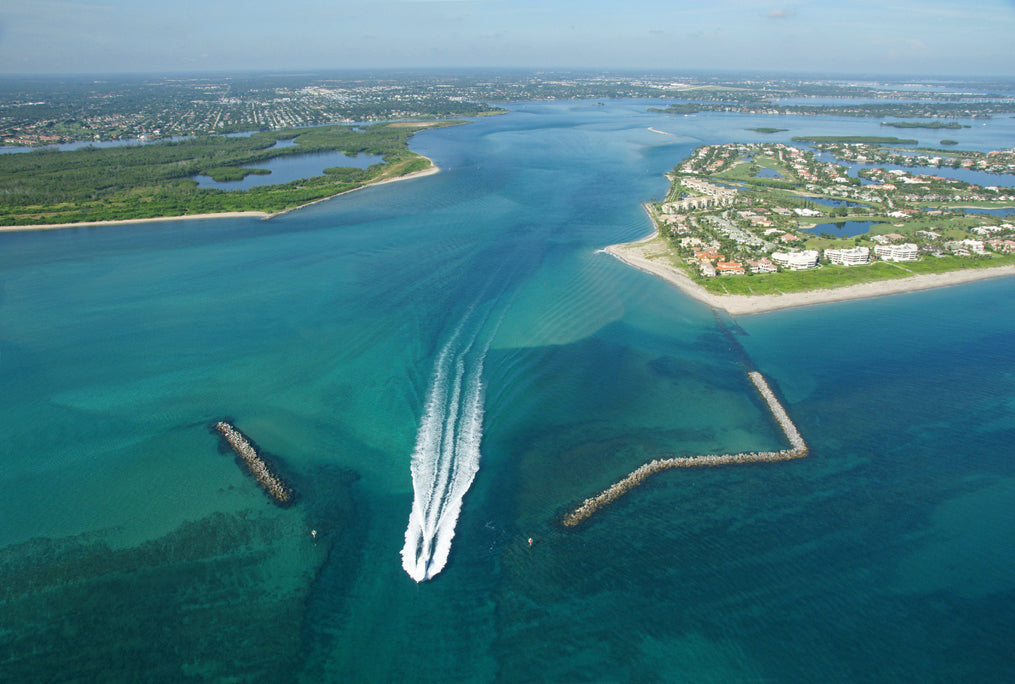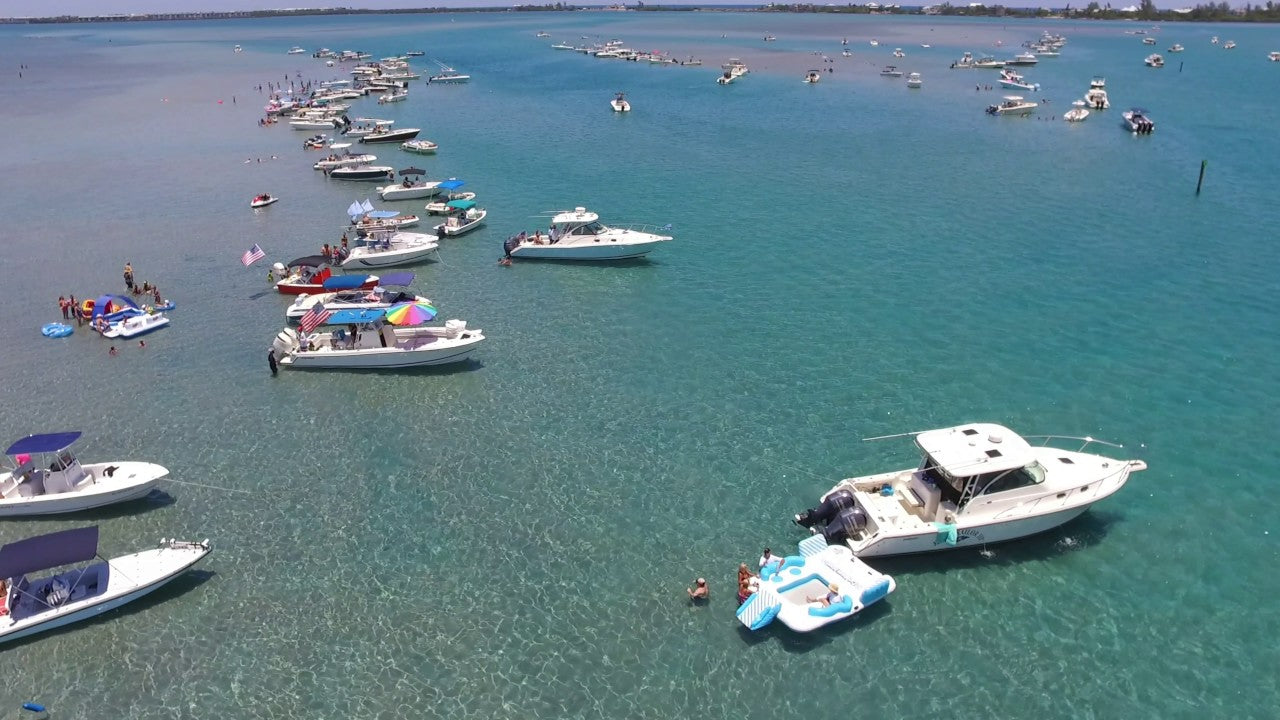Carbon fiber and aluminum are both popular materials for making sportfishing outriggers, which are poles used to extend the fishing lines away from the boat. Each material has its own set of advantages and disadvantages.
Carbon fiber outriggers are generally lighter and striffer than aluminum outriggers. This means that the tubes can be longer without becoming too heavy or bending under the weight of the fishing lines. Large carbon fiber outriggers (over 30 feet in length) still require additional support mechanisms like internal reinforcements or cables, the result is a weight savings of around 30%, compared to a similar sized aluminum system. Carbon fiber is very strong but the failure mode of carbon fiber is to break clean (no bending) and typically results in a rather violent breaking event. Carbon fiber itself can be very resistant to corrosion, which is important when dealing with saltwater environments. However, it is important to note that the outer coating of the carbon fiber, which is typically a marine grade paint, can degrade over time with prolonged exposure to sunlight, when this happens they require a re-coating, which can be labor intensive and expensive. Carbon fiber outriggers are more expensive than their aluminum counterparts.

Aluminum outriggers are less expensive and more service friendly, making them a popular choice for professional crews and service conscious anglers. It is not uncommon for Rupp Marine to supply service parts to aluminum outrigger systems dating back to the late 1980's. Aluminum sportfishing outriggers are more flexible than carbon fiber, however when the cables are added the stiffness is substantial. Another benefit is they can bend and flex without breaking. One major disadvantage of aluminum outriggers is that they can become chalky over time, particularly if they are not properly cared for, which includes occasionally waxing them. The recent proliferation of ceramic coatings in the marine industry has greatly reduced the maintenance needed on marine metals, including aluminum outriggers, as it provides an additional level of protection against fading and discoloration. Aluminum outriggers have been in a staple in the sportfishing industry for many years, the proprietary manufacturing processes used by Rupp results in durable, serviceable and user friendly products that can be enjoyed for decades when properly cared for.
Ultimately, the choice between carbon fiber and aluminum outriggers will depend on the individual angler's preferences and budget. Those who prioritize stiffness and lighter weight may prefer carbon fiber outriggers, while those who prioritize proven performance, serviceability and cost may prefer aluminum outriggers. It's important to consider the advantages and disadvantages of each material and make an informed decision based on your needs and circumstances. Rupp Marine manufactures system utilizing both materials, the choice is yours.
Visit the Rupp Marine website to see our entire line of sportfishing outriggers.



